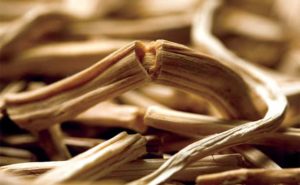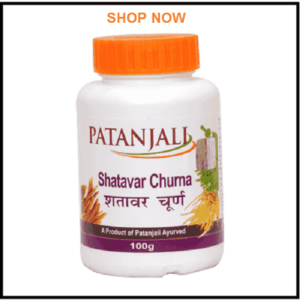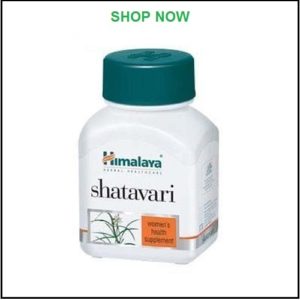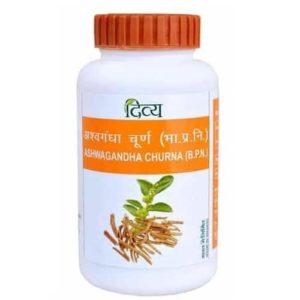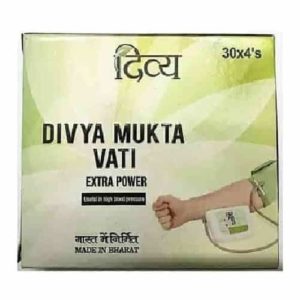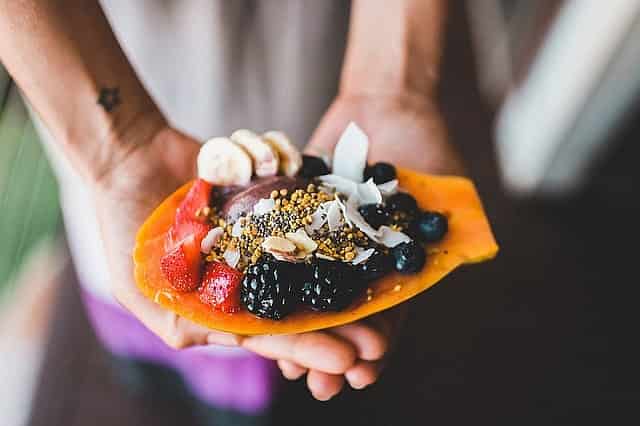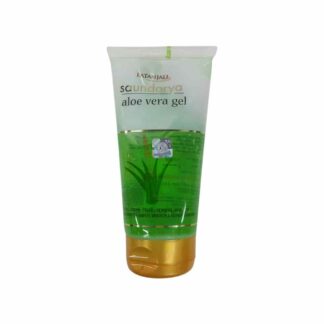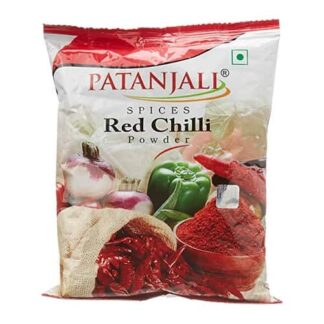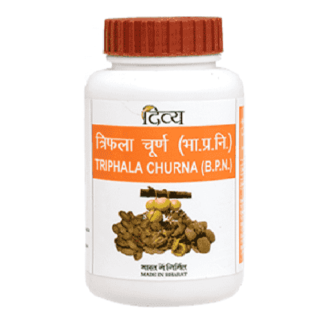Tulsi Tea Benefits
Tulsi Tea also known as holy basil tea , is known for its therapeutic power. It has been used in india since a very long time and recently the benefits have been researched and accepted by western scientists who use it in various western medicines. It’s used as a natural remedy for anxiety, adrenal fatigue, hypothyroidism, unbalanced blood sugar and as a home remedy for acne.
Tulsi tea has been used to cure ailments relating to the immune system, reproductive system, central nervous system, cardiovascular system, gastric system, urinary system and the blood’s biochemistry. It helps protect organs and tissues against chemical stress from industrial pollutants and heavy metals and physical stress from prolonged physical exertion, ischaemia, physical restraint and exposure to cold and excessive noise.
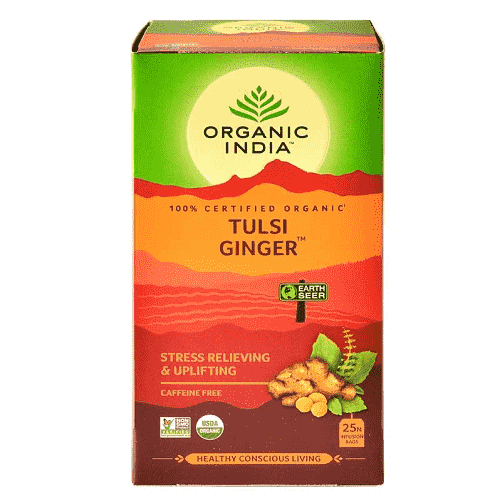
Below we have compiled a few benefits of using Tulsi Tea.
Our eyes are susceptible to viral, bacterial and fungal infections that can be very dangerous. Thankfully, holy basil benefits include helping to fight these detrimental infections. Tulsi is prescribed in Ayurveda to fight against conjunctivitis — also commonly known as pink eye — thanks to its anti-inflammatory and soothing properties. Tulsi may also help prevent a range of eye issues, including cataracts. According to Dr. S.K. Gupta of the All India Institute of Medical Sciences.
Practitioners of Ayurveda recommend holy basil as a natural headache remedy that can help relieve migraine pain.
- Dental Health and Oral Care
Tulsi has the power to fight bacteria in your mouth that lead to dental issues, such as cavities, plaque, tartar and bad breath. Tulsi leaves serve as a mouth freshener because they kill the bacteria and germs hiding in your mouth.
- Helps Improve Respiratory Disorders
Holy basil benefits are found in the components of tulsi leaves, including camphene, eugenol and cineole, which help provide relief from congestion and other symptoms of respiratory disorders
Holy basil is often recommended as a natural fever treatment, especially by practitioners of Ayurvedic Medicine. Holy basil leaves are thought to act as antibiotic, germicidal and disinfectant agents, which means they can protect us from bacteria and viruses.
- Balances Hormones and Lowers Stress
Holy basil benefits include the amazing ability to keep hormone levels balanced naturally. Tulsi has a positive physical effect on the body and mental benefits as well. By drinking tulsi tea, or adding tulsi to your meals, you help calm your system and keep your body running smoothly.
In general, holy basil may not only possibly work as a natural cancer treatment, but another of the many holy basil benefits include that it may also help to prevent it.
Holy basil helps kill bacteria and infections, so it’s a great natural home remedy for acne and other skin irritations. Holy basil is believed to benefit the skin and help to treat skin infections both internally and externally.
- Protects Against Diabetes
Holy basil benefits appear to include the ability to control blood glucose levels as demonstrated by several test tube and animal experiments, as well as human clinical trials.
Holy basil is often recommended as a natural fever treatment, especially by practitioners of Ayurvedic Medicine. Holy basil leaves are thought to act as antibiotic, germicidal and disinfectant agents, which means they can protect us from bacteria and viruses.

